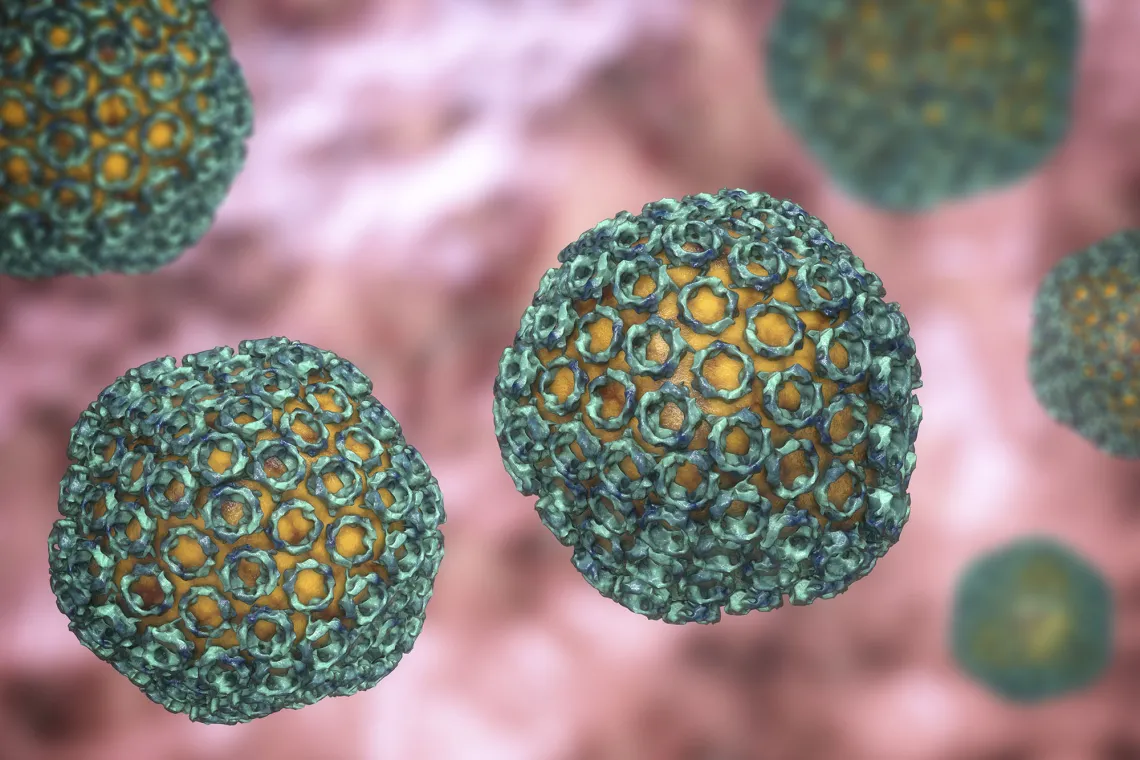Fighting Valley Fever
In 2021, the UArizona Valley Fever Center for Excellence celebrated 25 years of impact.

When Dr. John Galgiani started the University of Arizona Valley Fever Center for Excellence in 1996, he wanted the university to spearhead the eradication of this Southwestern disease.
Twenty-five years later, the center, which is now part of the UArizona College of Medicine – Tucson, is a leader in Valley fever research. The staff of 43 collaborates with researchers across campus in the effort to find a cure.

Dr. John Galgiani
“We’re working with people in the colleges of agriculture and science and the new College of Veterinary Medicine,” says Galgiani, a physician-scientist and professor at the College of Medicine. “We work with the College of Public Health, the College of Pharmacy. So it’s a very collaborative group.”
And it’s an effective one: In 2017, the National Institutes of Health awarded the researchers a prestigious $4.8 million grant to develop a Valley fever vaccine for dogs. Our canine friends are frequently infected, and a successful vaccine for them could be adapted for human use.
It might seem like a lot of firepower is aimed at a tiny fungal spore endemic to the parched soil of Southern Arizona, California’s Central Valley and northwest Mexico, but impacts from the fungus Coccidioides are huge. When it’s sent airborne by gusty winds or heavy construction, it’s easily inhaled. Fortunately, most infected people show mild or no symptoms. But many experience issues ranging from joint pain and rashes to permanent debilitation, and some even die from the disease.
And the number of infections is growing. More than 18,000 cases were reported in 2019, over six times the number diagnosed 20 years earlier. Meanwhile, a UArizona Health Sciences and College of Medicine – Tucson study Galgiani co-authored found that total lifetime costs for all Valley fever patients in 2019 topped $730 million.
Too often, doctors unfamiliar with Valley fever fail to correctly diagnose the disease — as Mike Harris knows painfully well. He and his wife, Susi, had just begun wintering in Arizona when she fell mysteriously ill. Doctors were flummoxed by her symptoms until Galgiani was consulted. Tragically, the disease had progressed to the point that they were unable to treat her infection, and Susi died from complications in April 2018.
“We had never heard about Valley fever,” Harris says. “We were living in Seattle, and in all of our discussions with the doctor up there … [he] didn’t think coming to Arizona would do any harm. He never threw up any red flags, and we certainly never had a discussion of Valley fever or fungal infections.”
“Dr. Galgiani notes that patients are often misdiagnosed for one month or more,” says Harris. “My wife went three months, to the point where she started breaking out in cycles of chills and fever.”
Responding to calls for more focus on the devastating disease — and in gratitude for Galgiani’s help — Harris recently donated more than $1.5 million to the center. “I’ll certainly do what I can to help Dr. Galgiani,” he says. “There’s a real need here. It would certainly be nice if we could help avoid this for other people.”
Addressing that need is the mission for Galgiani and the staff at the Valley Fever Center for Excellence. Indeed, he hopes one day to work himself out of a job, when a vaccine is finally in hand.
“It’s my hope that the vaccine will one day be there for people who want it. I think that would be an important contribution and a great legacy.”
